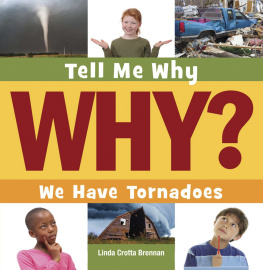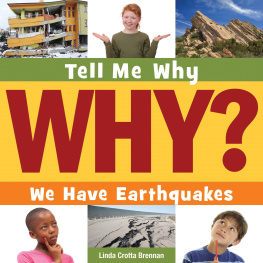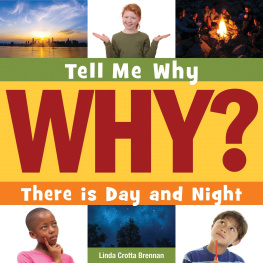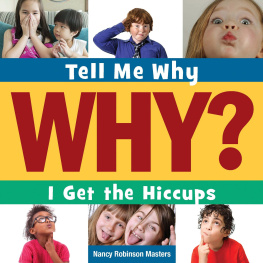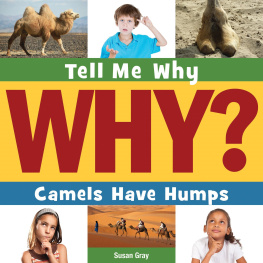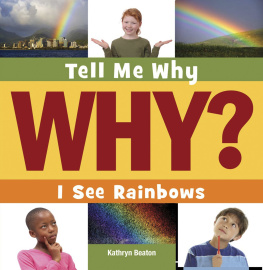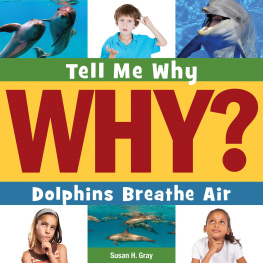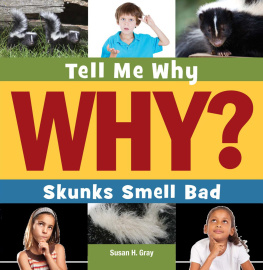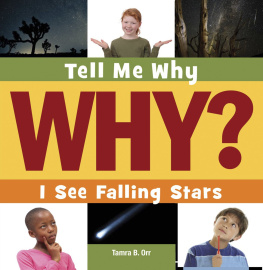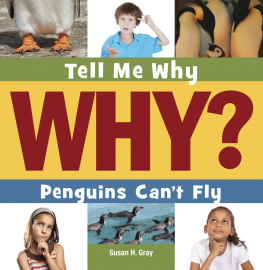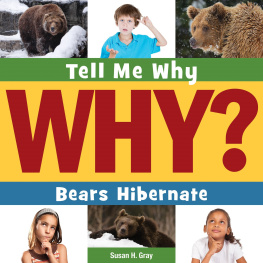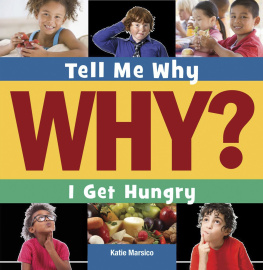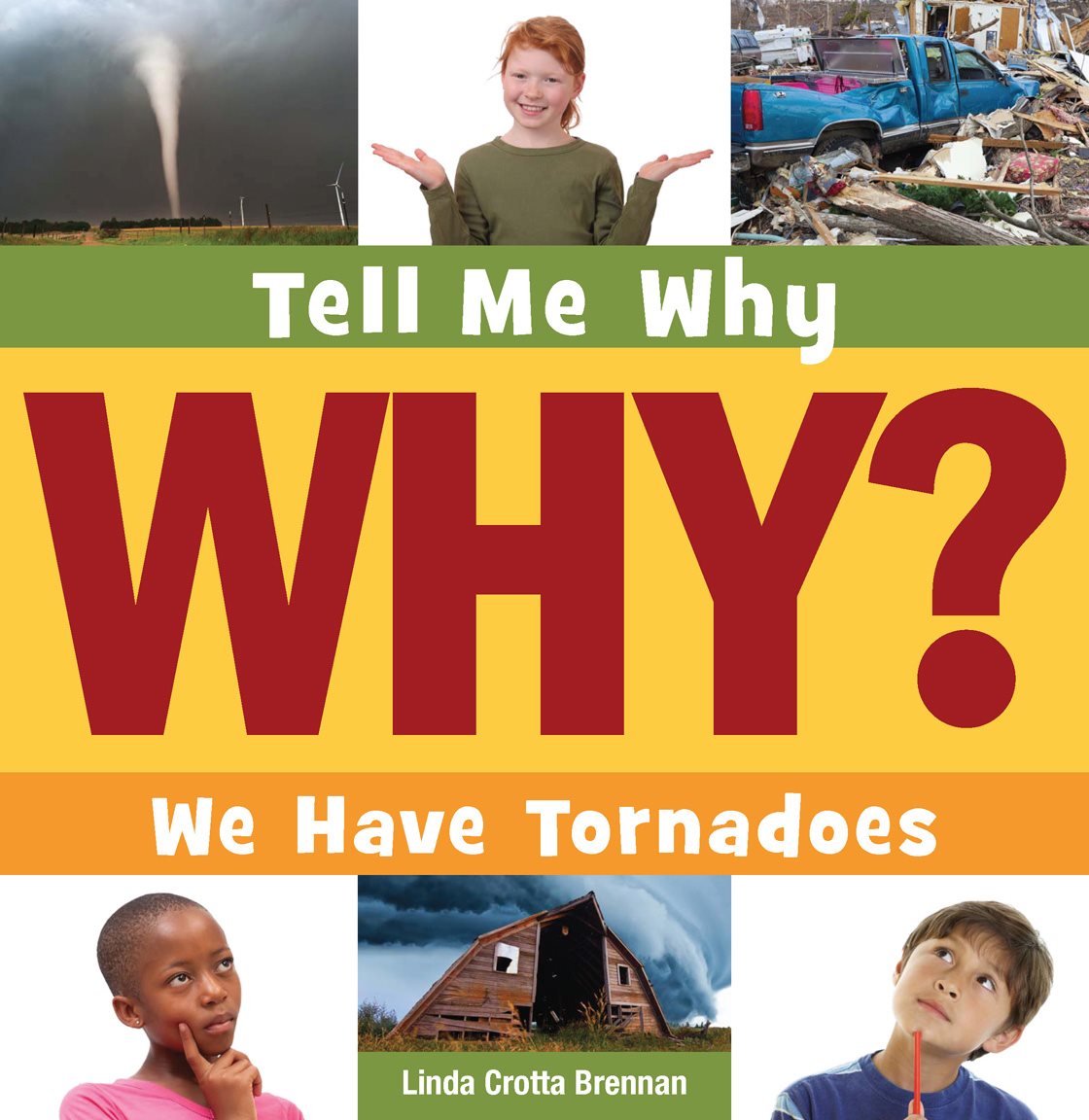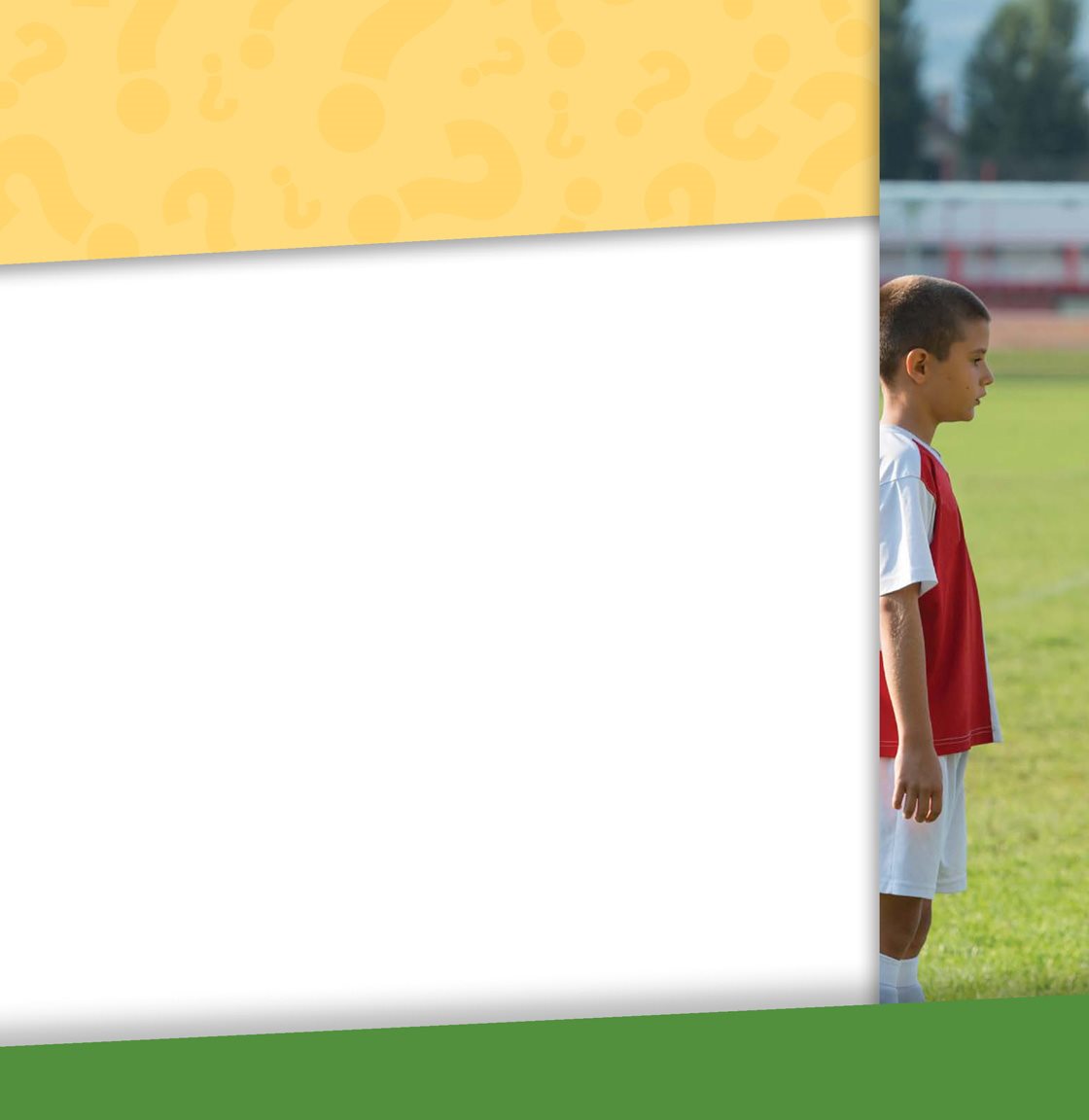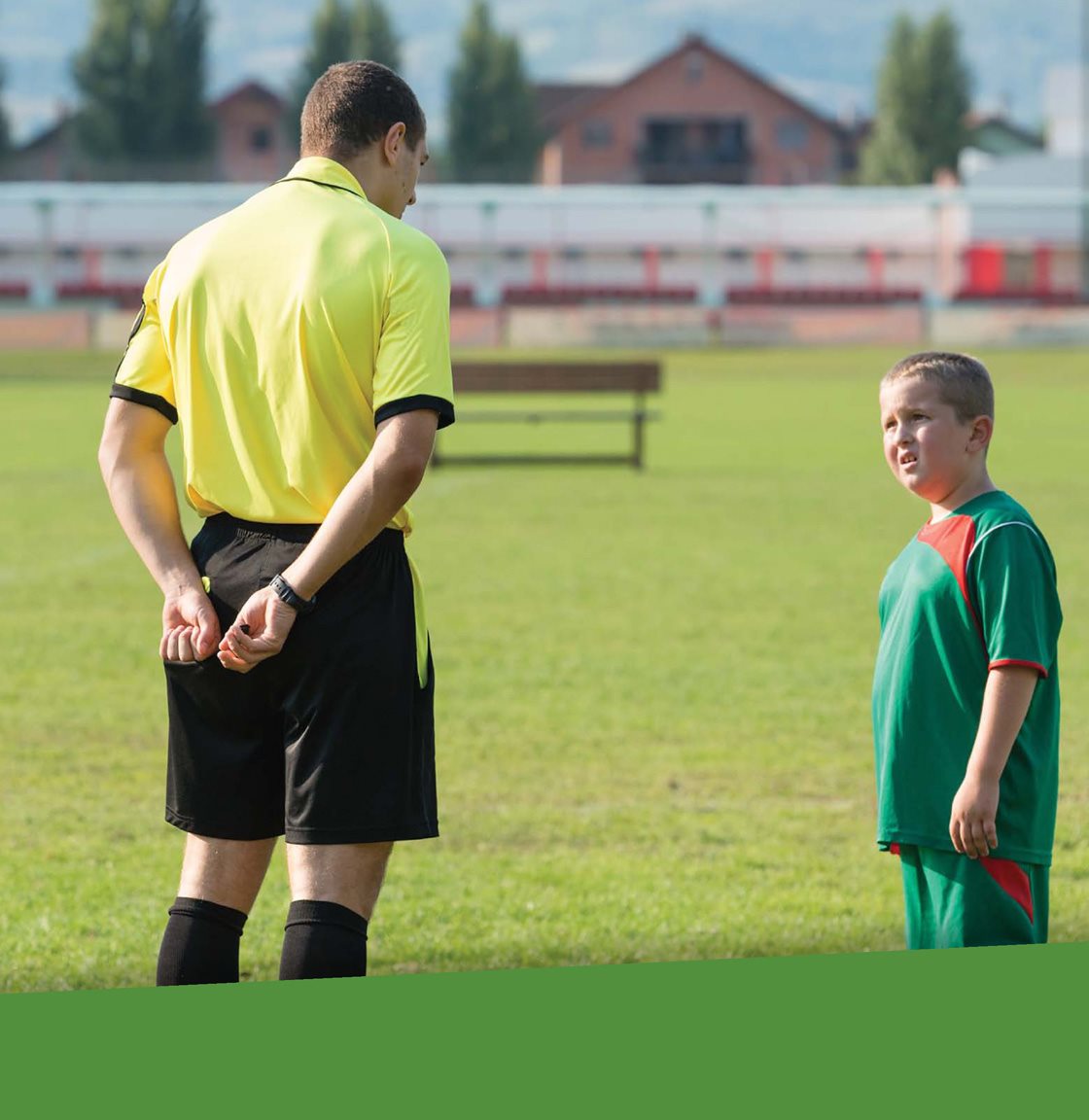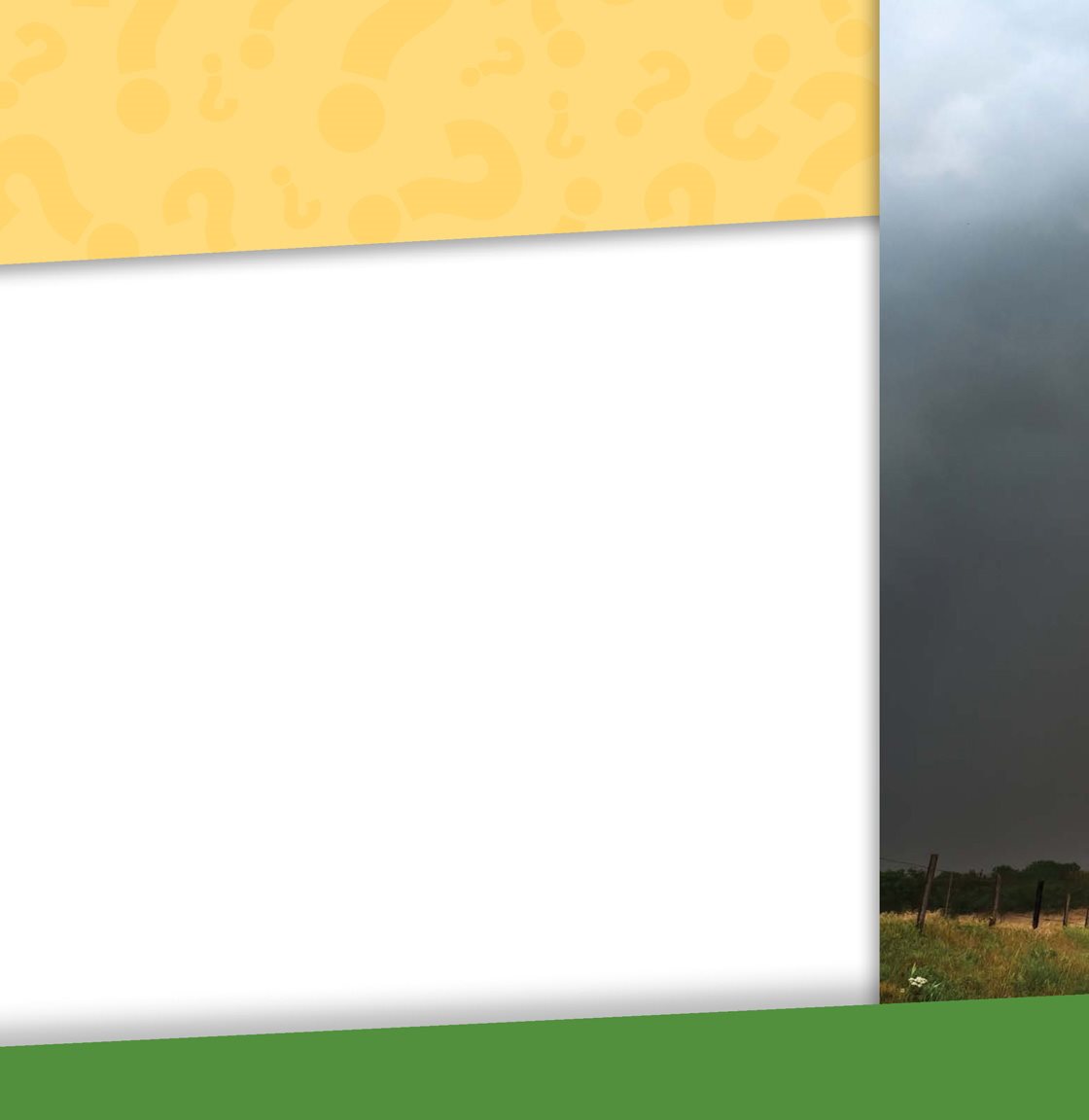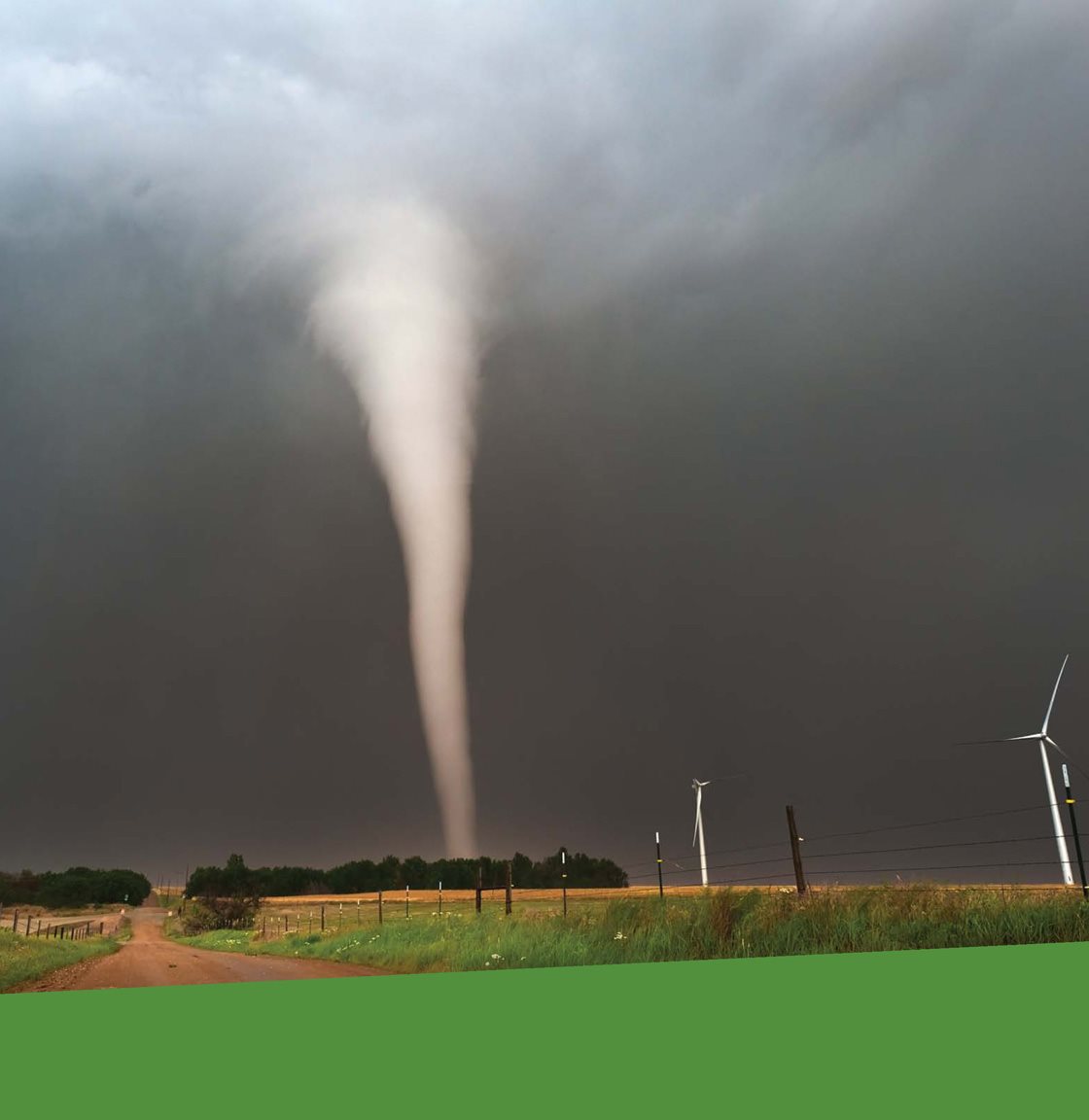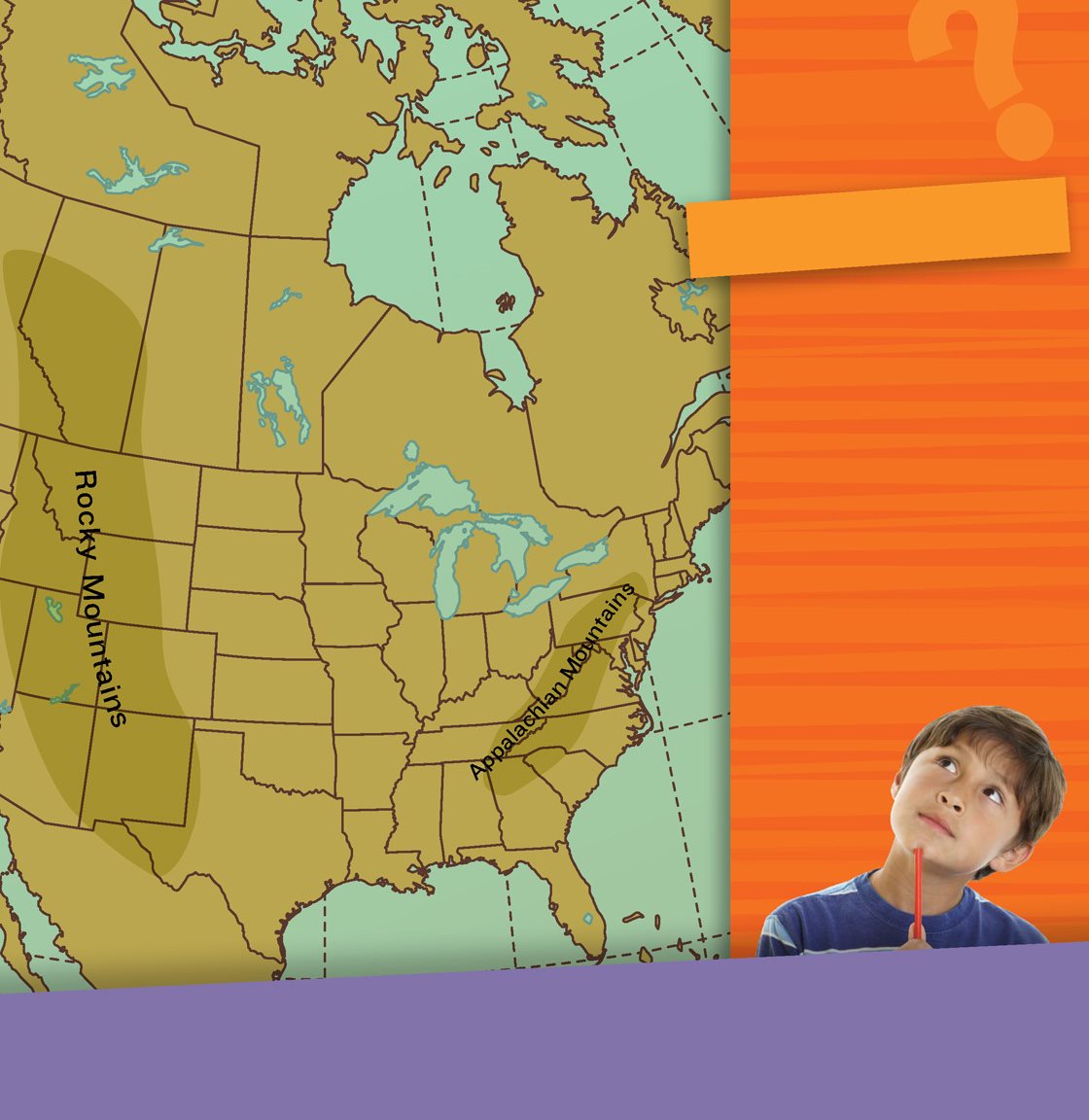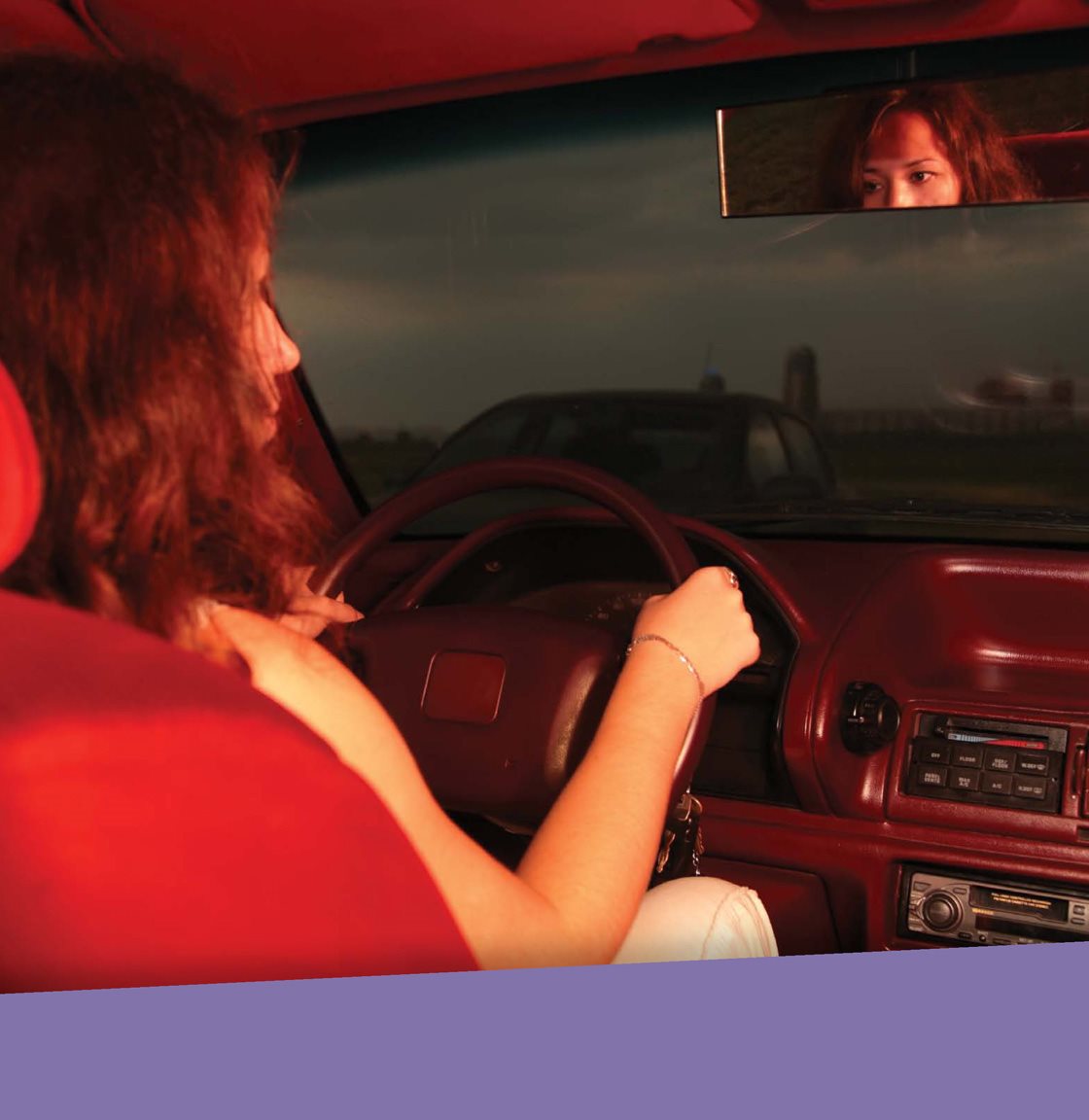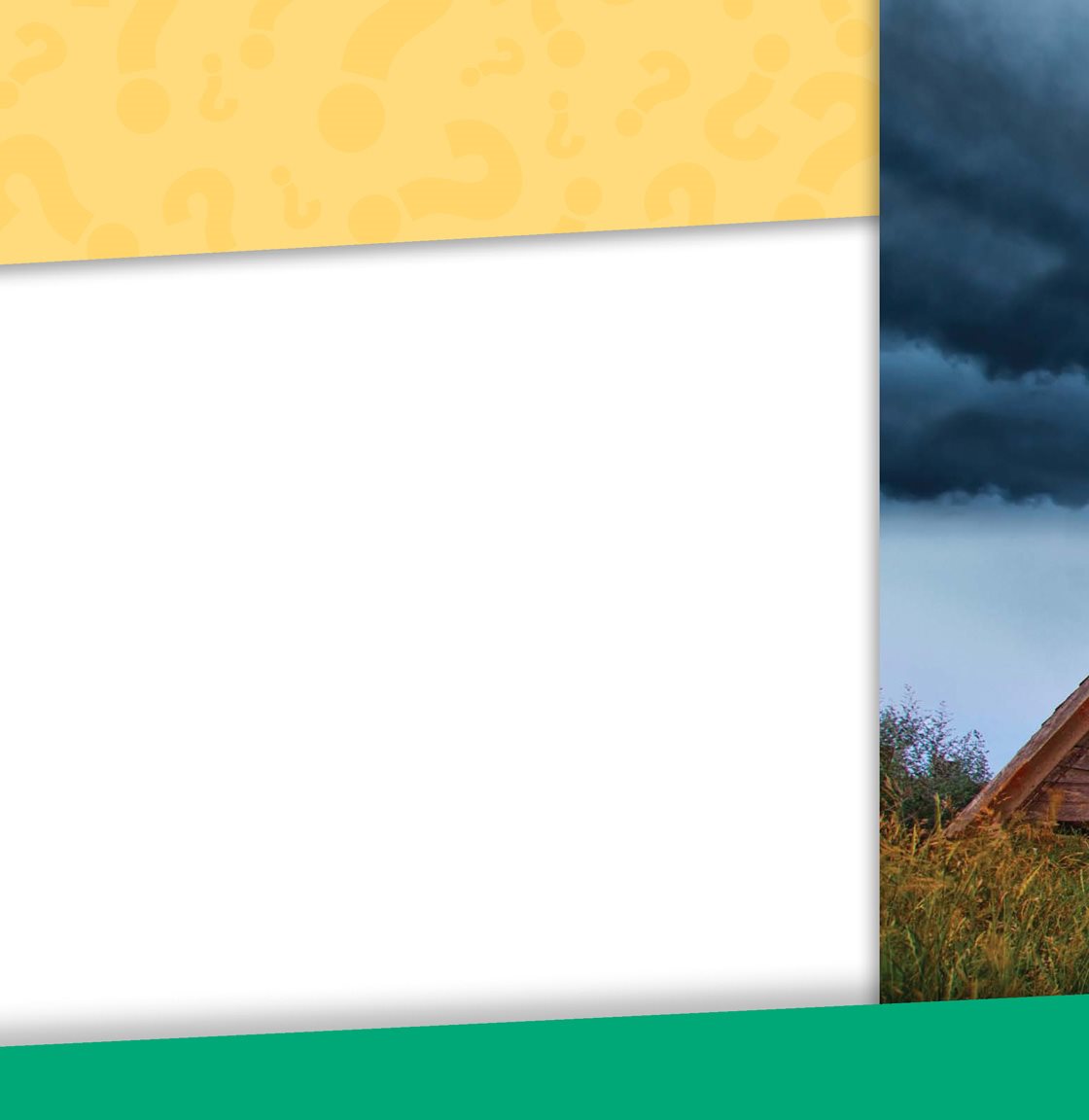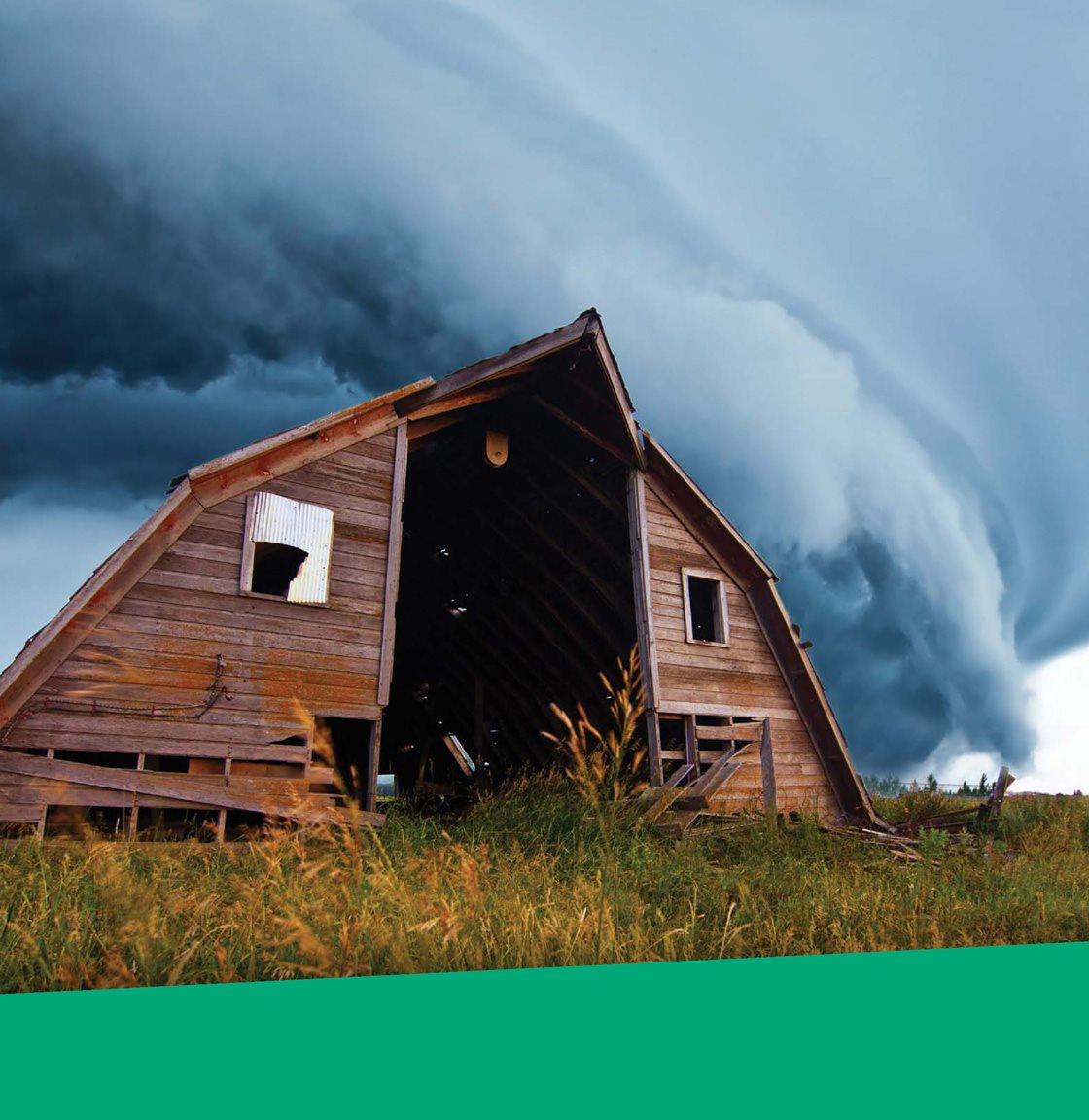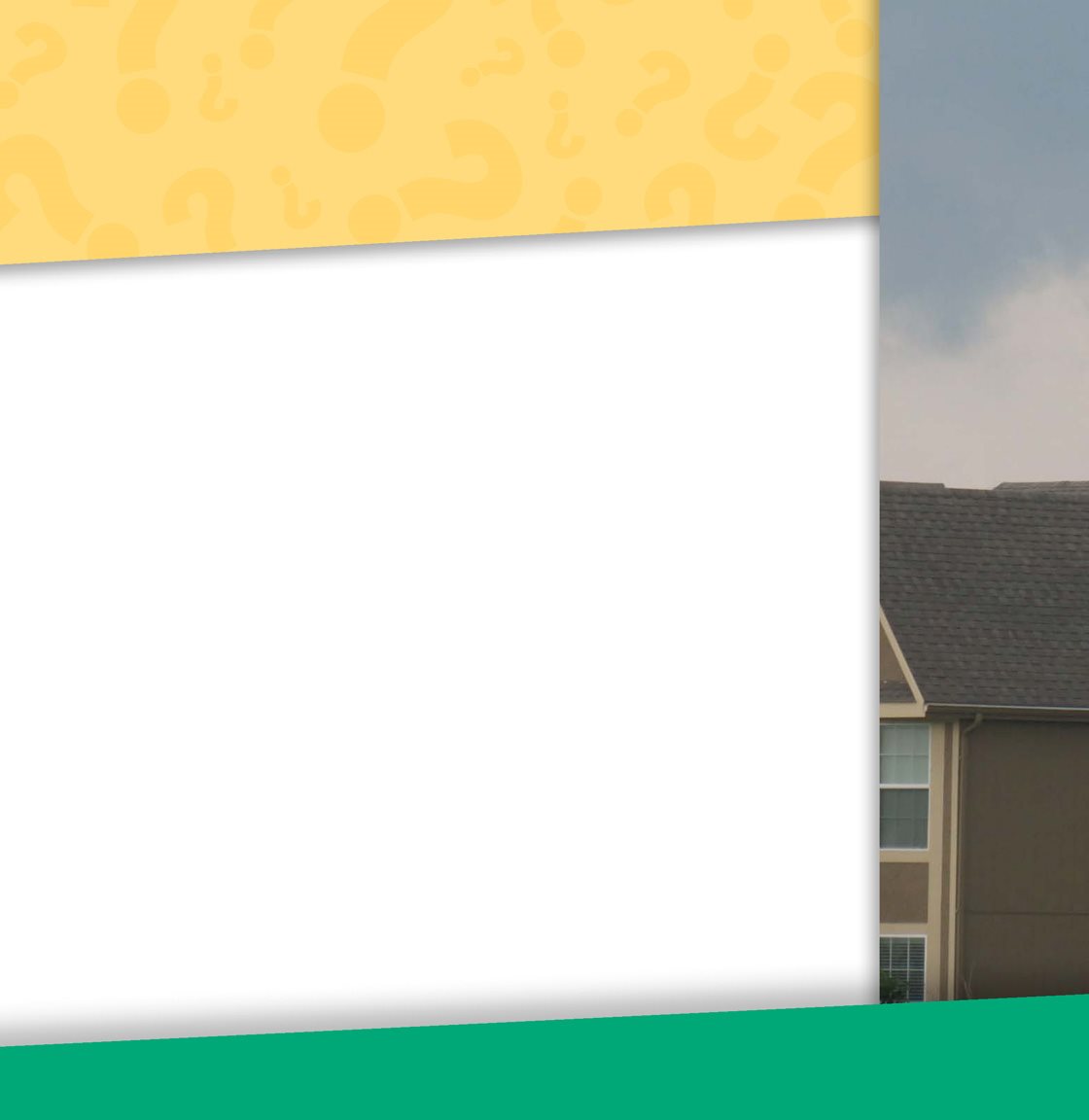Table of Contents
Guide
Published in the United States of America by Cherry Lake Publishing
Ann Arbor, Michigan
www.cherrylakepublishing.com
Content Adviser: Jack Williams, science writer specializing in weather
Reading Adviser: Marla Conn, ReadAbility, Inc.
Photo Credits: Pete Pahham/Shutterstock Images, cover, 1, 15; Dalton Dingelstad/Shutterstock
Images, cover, 1, 21; Digital Media Pro/Shutterstock Images, cover, 1, 9; Minerva Studio/Shutterstock
Images, cover, 1, 7; Alexey Stiop/Shutterstock Images, cover, 1, 17; John Wollwerth/Shutterstock
Images, cover, 1, 13; michaeljung/Shutterstock Images, back cover; Fotokostic/Shutterstock Images,
5; dalmingo/Shutterstock Images, 9; Pavel L Photo and Video/Shutterstock Images, 11; mattgeo/
Shutterstock Images, 15; Lisa F. Young/Shutterstock Images, 19; Lisa S./Shutterstock Images, 21
Copyright 2015 by Cherry Lake Publishing
All rights reserved. No part of this book may be reproduced or utilized in any form or by any means
without written permission from the publisher.
Library of Congress Cataloging-in-Publication Data
Brennan, Linda Crotta, author.
We have tornadoes / by Linda Crotta Brennan.
pages cm. -- (Tell me why)
Summary: Offers answers to the most compelling questions natural
disasters and weather. Age-appropriate explanations and appealing photos.
Additional text features and search tools, including a glossary and an
index, help students locate information and learn new words-- Provided by
publisher.
Audience: Grade K to 3.
Includes bibliographical references and index.
ISBN 978-1-63188-012-4 (hardcover) -- ISBN 978-1-63188-055-1 (pbk.) -
ISBN 978-1-63188-098-8 (pdf) -- ISBN 978-1-63188-141-1 (ebook) 1.
Tornadoes--Juvenile literature--Miscellanea. 2. Childrens questions and
answers. I. Title.
QC955.2.B74 2015551.553--dc23
ISBN-13: 978-1-68444-468-7 (e-book)
2014005712
Cherry Lake Publishing would like to acknowledge the work of The Partnership for 21st Century Skills.
Please visit www.p21.org for more information.
Printed in the United States of America
Corporate Graphics Inc.
Synchred Read-Along Version by:
Triangle Interactive LLC
PO Box 573
Prior Lake, MN 55372
Table of Contents
No Game Today
I hear thunder, said Ben.
A big black cloud was heading toward the
soccer field.
That doesnt look good, said his mom.
The referee came up to them. Sorry. The
game is canceled. I just heard an alarm on my
weather radio. We have a tornado watch.
You need to head home right away.
Ben and his mom rushed to the car. He was
disappointed he wouldnt be playing a game
today. Why are there tornadoes, anyway?
Outdoor games are canceled when a tornado is nearby.
A tornado is a fast-spinning tower of air
that reaches from a thundercloud to the
ground. Tornadoes are more powerful than
any other kind of storm. But what causes a
tornado?
A tornado reaches from a cloud down to the ground.
Tornado Alley
Tornadoes occur all over the world. But
the United States has more tornadoes than
any other country. There are about 1,200 in
the United States every year.
Most tornadoes happen in an area
nicknamed Tornado Alley. This is a flat area
between the Rocky Mountains and the
Appalachian Mountains. But tornadoes
hit other parts of the country, too.
Look!
What do you
see? Do you live
near or in
Tornado Alley?
The center of the United States has more tornadoes
than other areas of the world.
As they drove home, Ben frowned. I
wish there werent any tornadoes during
soccer season.
Mom shrugged. Unfortunately, most of
your soccer games are during tornado
season .
But wasnt there a tornado near
Grandma last November? asked Ben.
Most tornadoes hit during tornado
season. But they can happen at other times,
too, said Mom.
Driving in a storm can be difficult and dangerous.
Warm Air Meets
Cold Air
What causes a tornado? Ben asked.
Scientists dont understand exactly how
tornadoes form, said Mom. They usually
occur when warm, moist air from the south
meets cold, dry air from the north.
The warm and cold winds push each
other. This makes the winds turn and spin,
sometimes forming a supercell thunderstorm.
Supercells are powerful, spinning
thunderstorms. They often produce hail,
strong winds, and flash floods.
Supercell thunderstorms are more powerful than regular storms.
Supercell storms can create spinning
tunnels of air. If one of these tunnels touches
the ground, it becomes a tornado.
Suddenly, a news alert came on the radio.
A supercell thunderstorm is headed our
way. Take shelter. Storm spotters are
keeping an eye on the storm.
What are storm spotters? asked Ben.
Storm spotters are trained people who
watch storms. They alert authorities if the
storms become dangerous. His mom pulled
into their driveway. They hurried inside.

